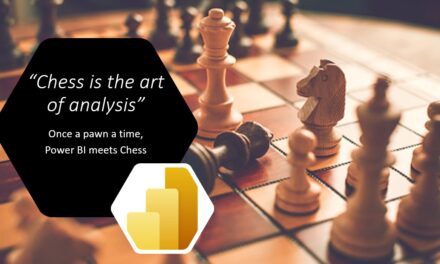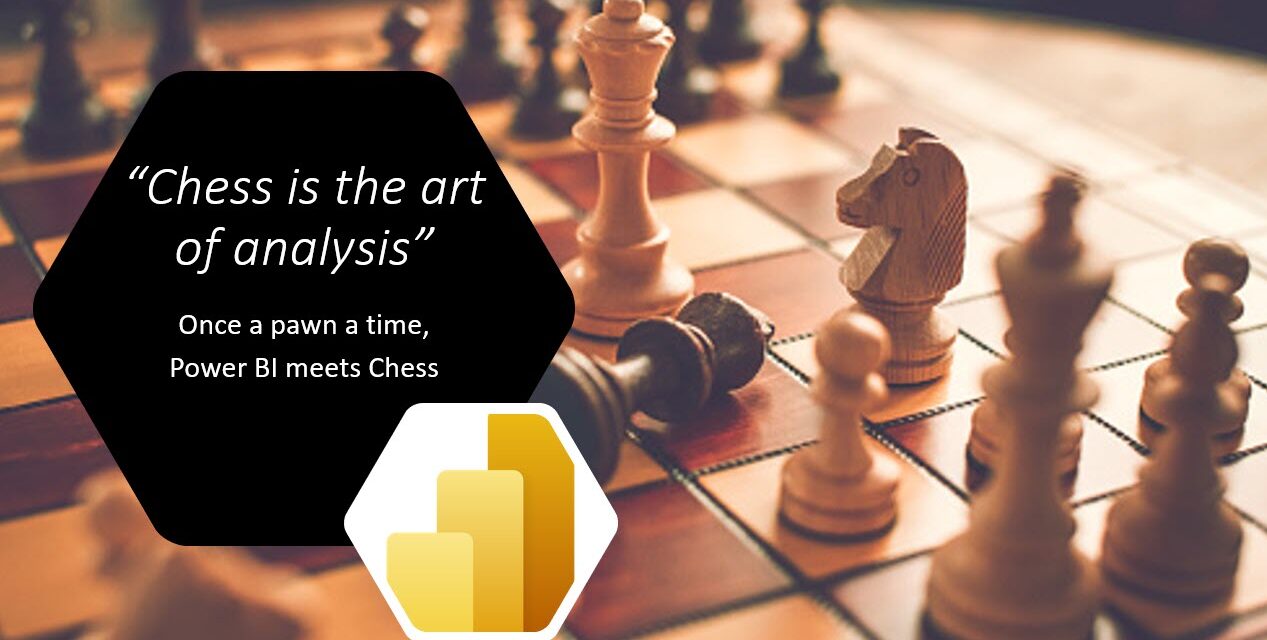Did you ever watch the Netflix series The Queen’s Gambit, in which the story follows the life of Beth Harmon, a fictional chess prodigy on her rise to the top of the chess world? This series, released in October 2020, didn’t only triple the revenue of chess set vendors during the first months post release but did also spark the enthusiasm of millions of new and returning chess players. Among them: me.
I started playing mainly online. If you’re interested in playing yourself; there are several platforms available such as Lichess, Chess24 and many others. With its 88 million user base at the moment of writing, the platform I found most convincing, was Chess.com.
For the record: you can also play chess in real life, so they say.
Now, two years of chess fun later,
I came across the idea to analyze my own chess games.
As the former Russian world chess champion Mikhail Botvinnik ever said:
“Chess is the art of analysis.”
Well, let’s get the journey started!
Chess games played
Hours of chess fun
Above chess statistics take into account Chess.com games and cover a period of roughly two years, starting on December, 2020.
What would we like to find out?
![]()
Some of the questions which came to my mind were the following ones:
How many games did I play?
How much time did I invest?
How many games did I win, lose or tie?
What opening strategies paid off and what didn’t?
What side did I performed better with?
How did my Chess.com rating change over time?
Where can we gather the data we need?
![]()
Chess.com offers free and easy data access through its publicly available API, without requesting any authentication. They do omit information such as game chat and conditional moves but include all required data to conduct our research. On top of that, this so-called “PubAPI” is well documented! More information can be found here.
Within the scope of our analysis, I relied upon the following information:
Official Chess API Call #1: https://api.Chess.com/pub/player/<ChessID>
Official Chess API Call #2: https://api.Chess.com/pub/player/<ChessID>/games/archives
Official Chess API Call #3: https://api.Chess.com/pub/player/<ChessID>/stats/
Next to the prior described official documentation, there is also unofficial API documentation available here. If you’d like to use these calls, please do not use them abusively as they’re only here for serving the chess community. I did not include any of the unofficial API calls during this experiment.
As you could imagine, I started playing end of November 2020, after watching the abovementioned Netflix series. It’s time to take stock of over one and a half year of playing chess! I’ve embedded my final reports below, so feel free to check out my chess behavior.😊
Evaluation time!
![]()
As we now have all data in place, we can assemble our very own Chess reports with Power BI. Let’s analyze my chess behavior of the past 2 years by trying to formulate an answer to our predefined questions.
How many games did I play?
I was quite surprised seeing this statistic crossing well over the 3,000 games played mark. After starting off with the game mode Rapid, which simply limits the time for you to think about your chess moves to 10 minutes, I’ve shifted towards playing in the game mode Blitz, limiting my time to just about 5 minutes. My reasoning behind this shift was solely so I could play more games, allowing myself to get to know even more different playstyles.

How much time did I invest?
524 hours of my spare time have been invested… Well, they say practice makes perfect. One thing’s for sure: you’ll only get better at playing chess while investing more time!
How many games did I win, lose or tie?
Having just a few more wins over losses and a draw rate of over 4%, I’m happy with a win rate of almost 48%. Furthermore, I do tend to lose games more often starting with Queen’s Pawn compared to King’s Pawn openings.

What side did I performed better with?
Chess.com makes sure you’ll be starting off with the white pieces as many times as you’ll do with the black pieces. I do have slightly better performance playing with the white pieces resulting in a win rate of 48,51% vs 47,29%.

What opening strategies paid off and what didn’t?
It’s very clear I do prefer to play the Bishops Opening and the Kings Pawn Opening. Over 30% of all games where started with one of these two openings.
The data also tells me I somewhat “mastered” the Vienna Game & the Scandinavian Defense as both openings resulted in a higher win rate.
The Scotch Game and the Three Knights Opening on the contrary, are among the openings I definitely need to dive into some more. Please do take into account the game count as well while interpreting the win rate. Openings you’ve played only a few times can’t be considered representative for all your games.

How did my Chess.com rating change over time?
After receiving the initial grading from Chess.com upon account creation, it goes without saying I did not perform accordingly. After your first games, I can only highly recommend to view some Youtube tutorials which explain several opening strategies in depth. Try to get familiar with 1, preferably 2 opening strategies for each side and keep on playing them. You’ll end up in various situations, enabling you to maintain a steep learning curve. Don’t worry, you’ll still have some periods of rage, resulting in several consecutive losses at that time. But eventually, you’ll get there. If practice makes perfect? Maybe not. But it certainly makes you a better chess player!

Wrap up
![]()
This article described one way of visualizing your chess gameplay with Power BI. Of course there are many more insights these reports can be enriched with. I tried to provide a high level summary of how I created this analysis.
If you are interested in playing around or even extending the report even more, feel free to download the report on GitHub.
If you enjoyed reading this article, feel free to connect via LinkedIn or Twitter. All aboard the data train!
Lou Segers
Analytics Manager @ Plainsight
Public speaker
Blogger







